
Just over an hour north-west of China’s capital city, Beijing, is Huawei’s Exhibition and Research & Development centres. The buildings are separate, with the Exhibition Centre designed to show the best of Huawei and what they’ve achieved, while the R&D centre is but one of their many locations world-wide which focus on creating the new innovations that power their consumer and business group products.
For the average smartphone nerd, the Huawei R&D Centre is fascinating. There’s various labs inside the two buildings designated for testing and development housing their security, and testing facilities.
Inside these buildings over 10,000 Huawei technicians work on the hardware and software that makes up Hauwei phones – and tablets – testing both layers in some of the most comprehensive and extreme circumstances you can hope for. The innovation from here is amazing, with their work resulting in 12,000 patents registered, at a rate of 3.5 patents per day registered since 2014. That’s an impressive statistic from anyone’s perspective.
There are 23 labs – of 9 different types – included in the sprawling 10,000 square metre facility. The Huawei team has installed all the hardware you could want to find at this sort of facility, including an impressive server farm that allows them to virtually simulate up to 300 million test cases on any of their devices or software versions. These test cases can include replicating issues with Wi-Fi, Bluetooth and sensors.
There’s also a team of Huawei technicians working on security layers of the software run on Huawei phones. The Security lab was established in October 2016 to introduce leading security technology to enhance their own safety capabilities. Huawei has four levels of security on their devices, with different application(s) suites used at each layer, for example their Defender SecDroid software running at application level, Riscure Inspector at Kernel level and Peach Fuzzer for hardware framework.
Communication Protocol Testing
One of the most innovative ideas I saw at the centre was the Communication Protocol test lab. In this lab, Huawei can replicate the environments and communications setups of their varied partners all over the world. As you can guess, this means that they can replicate the Optus, Vodafone, Telstra et al. networks right there in their labs, allowing them to check how a device will handle when connected to these carriers networks.
The setups of this lab means that despite Huawei being one of the largest providers of network infrastructure in the world, they still have comms equipment from other manufacturers such as Ericsson, Nokia etc. in their labs to ensure that their simulations are exact in every way. They can even introduce factors that replicate the challenges presented by our vastly diverse geographic nation.
Device Reliability Testing
The Device Reliability Testing Facilities is one of the more impressive places in terms of tangible, visceral pleasure for someone interested in smartphones. It’s in these labs that Huawei puts their smartphones through their paces.
In these labs you’ll find Huawei testing plugging and unplugging the USB and 3.5mm cable (if the phone still has a jack) over 5,000 times to replicate over a year of use. You’ll also find the ‘Back Pocket Tester’ which sees a 30Kg weight pressed onto a phone in a back pocket over 2,000 times to replicate accidentally sitting on a phone.
Huawei also likes to test the physical durability of their devices as well. In their labs they have machines that twist a phone 2,000 times to make sure it can handle that style of stress. You also find Huawei test their buttons and touch screens with pnuematic fingers pressing the touch screen and various buttons on the devices to ensure that they can stand the day to day stresses of use.
The physical durability tests also include drop testing – where they drop phones repeatedly (up to 20 times) from over 1 metre in height onto a hard surface which appeared to be marble. Huawei also has a tumbler which rolls the phones over and over 500 times.
Finally, there’s environmental testing where they can test IPXX levels of their devices, as well as the extreme temperatures. The liquid ingress machine we were shown could test up to IPX4, though they have machines in other facilities that can test up to IPX8 – and they will be upgrading this machine in the near future to test <cough>new and upcoming</cough> devices. Their dust protection machine uses baby powder to test up to IP6X dust protection, and their temperature machine can test devices in extremes ranging from -40° C to 85° C.
Antenna Performance Testing
As a world leader in network infrastructure, Huawei is singularly positioned to offer some of the best antenna design on their devices. They don’t just sit on their laurels though with the Antenna Performance Testing lab set up to test the antennas.
In the labs, the team can test TRP (Total Radiation Power) and TIS (Total Isotropic Sensitivity) for GSM, 3G, 4G, as well as GPS, Bluetooth and Wi-Fi for all their devices. The testing chambers allow Huawei to ensure that their devices meet the Over The Air performance requirements laid out by their carrier partners around the world so that quality of signal is maintained from Base Station to handset.
In the temperature and humidity controlled pods, which are covered internally with a radio absorbing foam spike layer, the devices are tested for each type of radio reception.
These tests have ensured that Huawei devices maintain the good reputation that consumers have come to expect from Huawei products.
Huawei also has a large anechoic chamber that they use to test out the audio on their devices, but due to time constraints we were unable to get into the room – maybe next time.
The testing facilities were extremely interesting, showing Huawei’s attention to details when it comes to the lengths at which they go to to ensure the quality of the devices they release. Of course we’d love to show some video of the testing and maybe next time we’ll get a shot.
Daniel travelled to China courtesy of Huawei

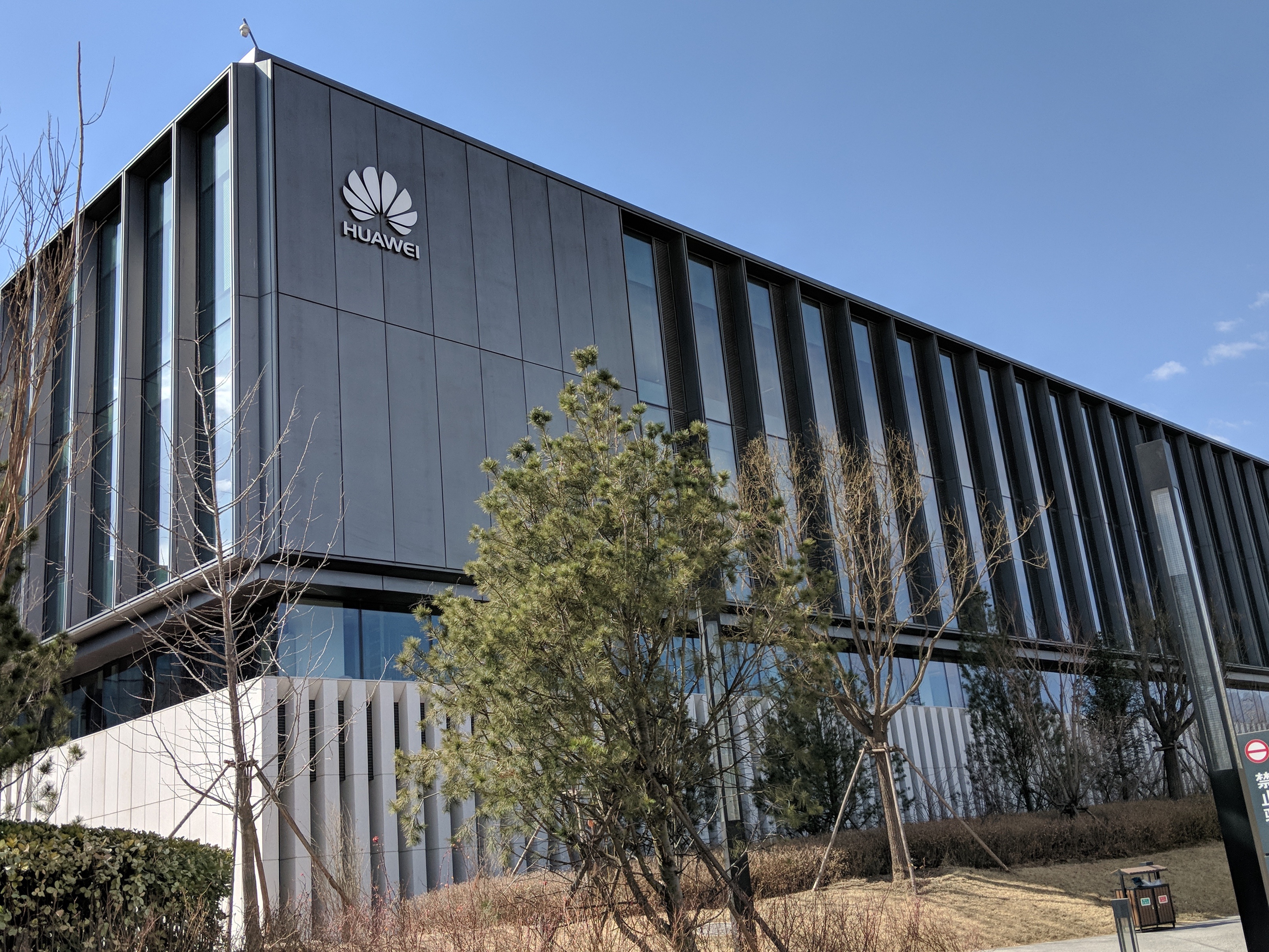

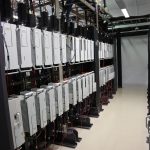

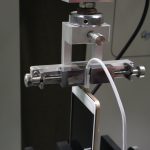

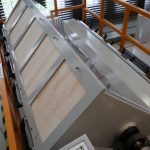
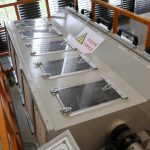
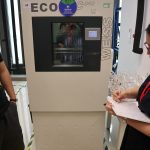

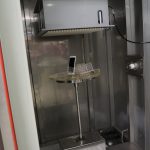
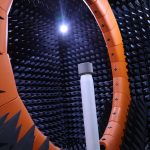
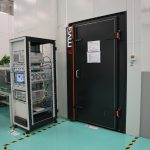



Nice junket if you can get it 🙂 This type of thing interests me far more than a mobile show that we all know what’s going to happen before it does.
Kudos to Huawei for letting you/us in 🙂
BTW Where did the Huawei name come from?
It was nice to see a bit about the Huawei process. Got some more stuff to write, but my day job demands I attend 😉
Huawei means Chinese Achievement I think. I’ll double check. I did ask where the logo came from and there’s nothing special there.
That’s about the size of it yeah.